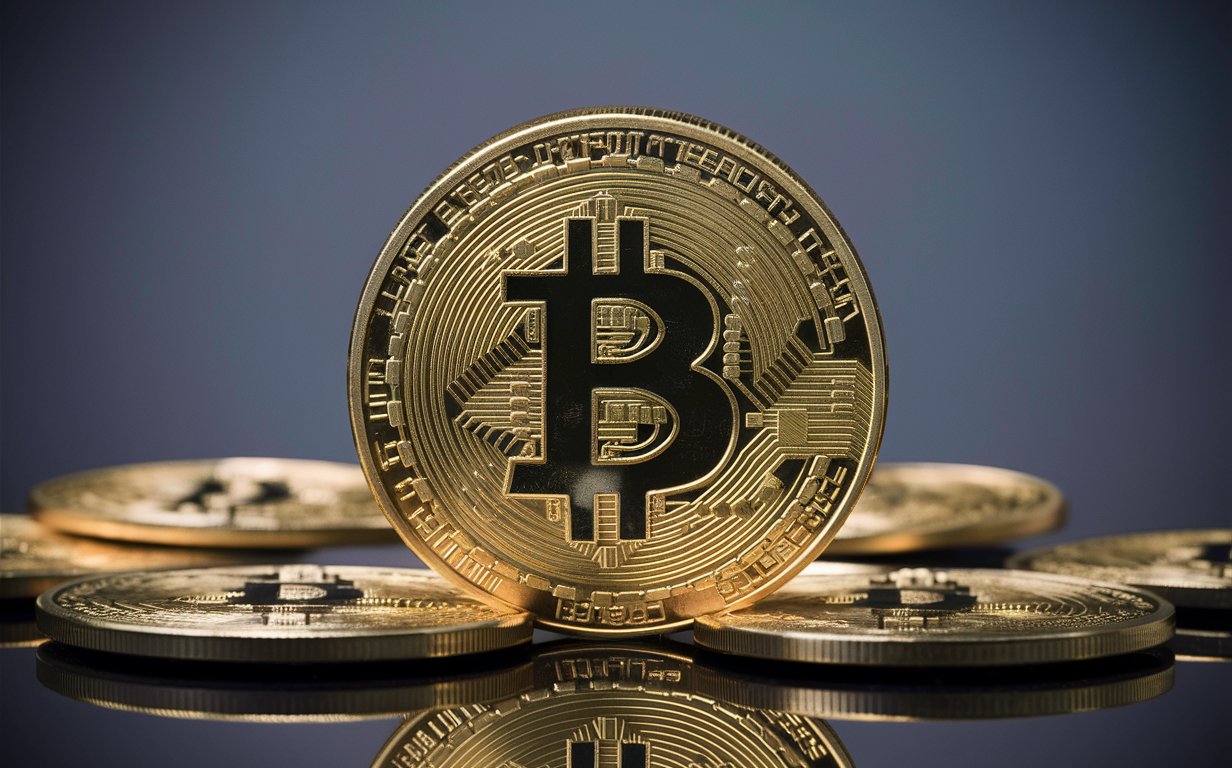Economy
Pakistan’s trading partners

There have been questions raised on the extent to which foreign policy of Pakistan should reflect its trading relationships with individual countries, regions, and groups of countries which are members of international organizations? This requires determination of which are the major destinations of the country’s exports, and which are the major origins of our imports? What is the regional and country-wise pattern of our trade surpluses and deficits? And which are the major countries to which our exports have shown faster growth?
The analysis has been undertaken with trade data made available by the SBP in its economic data website. For earlier years, the relevant information has been obtained from the SBP publication, Handbook of Statistics on Pakistan Economy.
The top four export markets of Pakistan in 2020-21 are the EU countries combined, the USA, UK, and China. It is significant that the major destinations of Pakistan’s exports are mostly in Europe and North America. Pakistan has been granted GSP plus status by the European Union with some preferential tariff treatment. Pakistan also has a free trade agreement with China which has been implemented in steps from 2006 onwards.
The combined exports to the 27 EU countries aggregated to $6.4 billion in 2020-21. This represents a share of 25 percent of Pakistan’s total exports. The second largest value of exports is to the USA of $5.0 billion, equivalent to 20 percent of total exports of Pakistan.
The other two relatively large destinations of the country’s exports are the UK and China. Combined, the share of Pakistan’s four major export markets is over 62 percent of total global exports. This highlights the extreme regional concentration of the country’s exports. The share of SAARC countries is only 8 percent, despite presence of the SAFTA free trade agreement. It was somewhat higher when there was trade directly with India.
Turning to the regional distribution of the country’s imports, the sources are more diversified. China is by far the dominant exporter to Pakistan. Imports from China aggregated to $13.2 billion in 2020-21, equivalent to over 25 percent of total imports. The other major exporting countries to Pakistan include the OPEC countries with a share of 24 percent, followed by the EU countries and the USA. Overall, the combined share of these countries is close to 55 percent in total imports of Pakistan.
What has been the growth rate of exports to the major destinations? Between 2012-13 and 2018-19, the fastest cumulative increase over the six years is to the UK of 33 percent, followed by a 32 percent increase to Germany and of 11 percent to the USA. The big declines are to China of 27 percent, to Afghanistan of 37 percent and to the UAE of as much as 57 percent.
By far the largest increase in imports has been from China, which has taken full advantage of the free trade agreement with Pakistan. Between 2012-13 and 2018-19, the cumulative increase has been as much as 133 percent. Now China alone accounts for 30 percent of total imports of Pakistan.
The overall trade deficit of Pakistan was very large in 2020-21 at $26.5 billion, with imports over twice the level of exports. Therefore, the likelihood is high that Pakistan will carry a significant deficit with most of its major trading partners. The country-wise balance of trade is given in the table below.
========================================================================
Table 1
========================================================================
Pakistan's Trade Balance with Major Trading Partners, 2020-21
($ billion)
========================================================================
Exports to Imports from Balance of Trade
========================================================================
China 2.0 13.2 -11.2
USA 5.0 2.4 3.6
EU Countries 6.5 3.7 2.8
Major OPEC Countries 1.9 9.4 -7.5
Others 10.2 28.7 -18.5
========================================================================
Total 25.6 52.1 -26.5
========================================================================
Pakistan has a very large trade deficit with China, equivalent to 42 percent of its global deficit. The deficit has been growing rapidly. Pakistan’s exports to China have been declining while imports have shown fast growth. Today, China’s exports to Pakistan are six times its imports from Pakistan. The time has come for a review of the implementation of the 2006 Trade Agreement between Pakistan and China. Pakistan needs to seek more quid pro quo from China.
The trade surplus with two major trading partners – the USA and the EU countries – is of $3.6 billion and $2.8 billion, respectively. These are the bigger markets, especially for textile products. The trading relationship with these countries needs to be preserved and built upon.
Pakistan has preferential access to the EU market through the GSP plus programme since 2014. This allows a large share of Pakistan’s exports to enter EU countries free of duty. Two criteria must be met for continuation of this facility. First, GSP-covered imports should be less than 2 percent of EU’s imports from all GSP beneficiaries. The share currently of Pakistan is 1.6 percent. Second, the seven largest GSP covered products must account for at least 75 percent of Pakistan’s total GSP covered exports to the EU. The share currently of these products is 94 percent.
Further, Pakistan has had to ratify 27 core international conventions and subscribe to binding commitments to implement them effectively. These are mainly UN and ILO conventions and other conventions on environment. The GSP status of Pakistan is periodically reviewed by the EU. Weak areas of implementation by Pakistan relate to gender inequality, workers’ rights, and the presence of child workers.
There has been some focus recently on Pakistan’s trading relationship with Russia. The current volume of trade between the two countries is small with $163 million of exports and $593 million of imports. The imports are largely of wheat. Now with the international trade sanctions on Russia following the invasion of Ukraine, new sources of wheat will have to be found when the quantity required could rise to almost 5 million tons given the failure of the current wheat crop.
Via BR
Crypto
Bitcoin Rebounds from Slump Triggered by Iran’s Attack on Israel: Analyzing Market Sentiment and Investor Reactions

Table of Contents
Introduction
On April 13, 2024, Bitcoin experienced a significant price drop following the escalation of tensions between Iran and Israel. The attack on Israel by Iran led to a sharp decline in the price of Bitcoin, causing concern among investors and market analysts. However, the cryptocurrency market has shown resilience, with Bitcoin rebounding from the slump, indicating a potential recovery in the market. In this blog article, we will analyze the impact of the geopolitical event on Bitcoin’s price, market sentiment, and investor reactions.

Impact on Bitcoin Price
The attack on Israel by Iran led to a significant drop in the price of Bitcoin, with the cryptocurrency experiencing a sharp decline in its value. According to CoinMarketCap, the price of Bitcoin dropped from $25,987.73 to $24,427.20 within a few hours of the news. This decline can be attributed to the uncertainty and fear among investors, as geopolitical events can have a significant impact on the global economy and financial markets.
Market Sentiment
The sudden drop in Bitcoin’s price led to a wave of panic among investors, causing a shift in market sentiment. According to data from CoinMarketCap, the market sentiment for Bitcoin shifted from “Neutral” to “Negative” within hours of the news. This change in sentiment can be attributed to the fear of potential economic instability caused by the geopolitical event.
Geopolitical Events and Bitcoin
Geopolitical events have a significant impact on the cryptocurrency market, particularly on the price of Bitcoin. In recent years, we have seen how events such as the Russia-Ukraine conflict, the COVID-19 pandemic, and the ongoing US-China trade war have affected the cryptocurrency market. The attack on Israel by Iran is just another example of how geopolitical events can cause volatility in the market.
Investor Reactions
The sudden drop in Bitcoin’s price led to a wave of panic among investors, causing some to sell their holdings in a bid to minimize their losses. However, other investors saw this as an opportunity to buy Bitcoin at a lower price, believing that the cryptocurrency would recover in the long run. This divergence in investor reactions highlights the inherent volatility of the cryptocurrency market and the importance of understanding market sentiment and geopolitical events.
Recovery and Future Outlook
Despite the initial decline, Bitcoin has shown resilience and has started to recover from the slump. As of the time of writing, the price of Bitcoin has rebounded to $25,537.95, indicating a potential recovery in the market. However, the long-term outlook for Bitcoin remains uncertain, as the cryptocurrency market is heavily influenced by geopolitical events and market sentiment.
Conclusion
The attack on Israel by Iran led to a significant drop in the price of Bitcoin, causing panic among investors and uncertainty in the market. However, the cryptocurrency has shown resilience and has started to recover from the slump. As we move forward, it is essential to monitor geopolitical events and market sentiment to understand the potential impact on the cryptocurrency market.
China
Navigating the Economic Transformation: China’s Future Depends on Microeconomic Policies

Introduction
China’s economic growth has been a significant global phenomenon, with its rapid expansion driving global trade and shaping the global economy. However, as China enters a new phase of its economic development, it faces challenges that require a shift in focus from macroeconomic stimulus to microeconomic policies. This article explores the importance of microeconomic policies in China’s future economic growth and the implications for businesses and markets.

I. The Limitations of Macroeconomic Stimulus
- Temporary Boost: Macroeconomic stimulus, such as government spending and monetary policy, can provide a temporary boost to the economy. However, it does not address the underlying structural issues that hinder long-term growth.
- Amplifying Economic Shortcomings: Macroeconomic stimulus can exacerbate economic imbalances and inefficiencies, leading to a more significant correction in the future.
II. The Importance of Microeconomic Policies
- Structural Reforms: Microeconomic policies focus on structural reforms that address the root causes of economic challenges. These reforms can include labor market reforms, regulatory changes, and infrastructure investments.
- Encouraging Business Transformation: Microeconomic policies can create an environment that encourages businesses to transform and adapt to changing market conditions. This can lead to increased productivity, innovation, and competitiveness.
III. The Role of Businesses in China’s Economic Transformation
- Adapting to Market Changes: As China’s economy evolves, businesses must adapt to new market conditions and consumer preferences. This may involve shifting from traditional industries to more innovative and technology-driven sectors.
- Embracing Innovation: To prosper in the new economic environment, businesses must embrace innovation and technological advancements. This can include investing in research and development, adopting new technologies, and fostering a culture of innovation.
IV. Implications for Markets and Investors
- Changing Market Dynamics: As China’s economic focus shifts from macroeconomic stimulus to microeconomic policies, market dynamics will change. Investors should be prepared for a more volatile and uncertain market environment.
- Opportunities for Investors: The shift to microeconomic policies presents opportunities for investors in sectors that benefit from structural reforms and business transformation. These may include technology, healthcare, and environmental sectors.
Conclusion
China’s future economic growth depends on its ability to navigate the complex transition from macroeconomic stimulus to microeconomic policies. This requires a focused effort on structural reforms, business transformation, and a shift towards innovation and technology. As China embarks on this transformation, businesses and investors must adapt to the changing market conditions and seize the opportunities presented by the new economic environment.
Economy
Understanding the Latest Inflation Figures: Causes, Consequences, and the Fed’s Response

Introduction
Inflation, the rate at which the general level of prices for goods and services is rising, has been a topic of concern for economists and policymakers alike. Recently, the US inflation rate has risen to 2.5%, according to the Federal Reserve’s preferred measure, the Personal Consumption Expenditures (PCE) index. This figure is in line with economists’ expectations but remains above the central bank’s target of 2%. In this blog article, we will delve into the causes of this inflation rise, its impact on the economy, the Federal Reserve’s response, and the potential future implications.
Causes of Inflation:
- Supply Chain Disruptions: The COVID-19 pandemic has caused significant disruptions in global supply chains, leading to increased demand for goods and services.
- Fiscal Policy: Government spending and tax policies can influence inflation by increasing the demand for goods and services, leading to higher prices.
- Monetary Policy: The Federal Reserve’s actions, such as adjusting interest rates, can impact inflation by influencing the supply of money and credit in the economy.
Impact of Inflation on the Economy:
- Consumer Prices: Inflation directly affects the prices consumers pay for goods and services, potentially reducing their purchasing power.
- Interest Rates: Central banks, like the Federal Reserve, may adjust interest rates to control inflation, which can impact borrowing costs and economic growth.
- Economic Stability: High and persistent inflation can lead to economic instability, as businesses and consumers struggle to predict future prices.
Fed’s Response to Inflation:
- Interest Rate Adjustments: The Federal Reserve has the ability to adjust interest rates to control inflation, which can impact borrowing costs and economic growth.
- Communication: The Fed communicates its monetary policy decisions and future expectations to the public, which can influence market expectations and economic behavior.
- Inflation Targets: The Fed has set a target inflation rate of 2%, which it aims to maintain over the long term.
Future Implications of Inflation:
- Monetary Policy: The Fed’s response to inflation will depend on its assessment of the current economic situation and future expectations.
- Economic Growth: High and persistent inflation can negatively impact economic growth, as businesses and consumers may reduce spending and investment due to uncertainty.
- Policy Coordination: Central banks, governments, and international organizations may need to coordinate their policies to address inflation and promote economic stability.
Conclusion
The recent rise in US inflation to 2.5% is a cause for concern, as it remains above the Federal Reserve’s target. Understanding the causes of this inflation, its impact on the economy, and the Fed’s response is crucial for policymakers and investors alike. By addressing these issues, we can work towards maintaining economic stability and promoting sustainable growth.
-

 Featured3 years ago
Featured3 years agoThe Right-Wing Politics in United States & The Capitol Hill Mayhem
-

 Elections 20242 months ago
Elections 20242 months agoAnalyzing Trump’s Super Tuesday Triumph and Nikki Haley’s Strategic Moves
-

 News2 years ago
News2 years agoPrioritizing health & education most effective way to improve socio-economic status: President
-

 China3 years ago
China3 years agoCoronavirus Pandemic and Global Response
-

 Canada3 years ago
Canada3 years agoSocio-Economic Implications of Canadian Border Closure With U.S
-

 Conflict3 years ago
Conflict3 years agoKashmir Lockdown, UNGA & Thereafter
-

 Democracy3 years ago
Democracy3 years agoMissing You! SPSC
-

 Democracy3 years ago
Democracy3 years agoPresident Dr Arif Alvi Confers Civil Awards on Independence Day
























